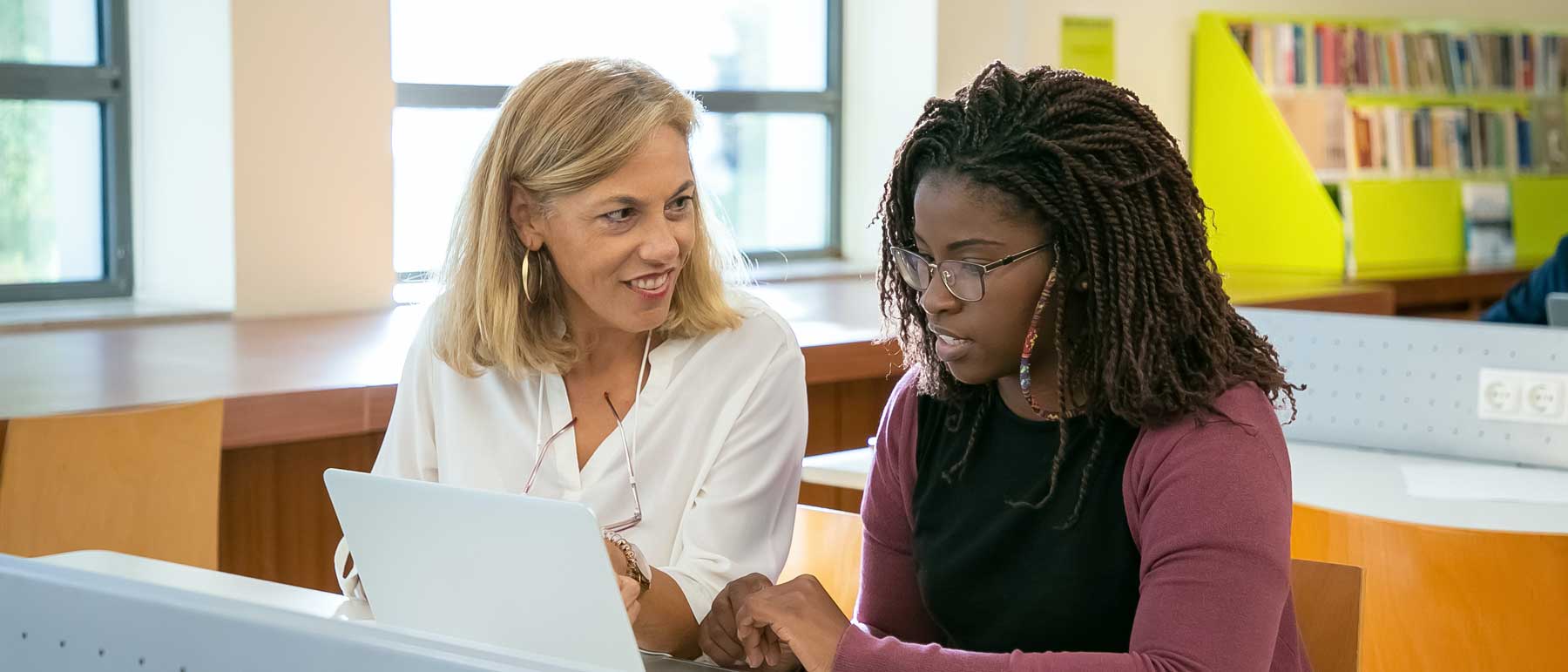
Assignments
Options to adapt assignments for more inclusive learning
- Since students in a course change each semester, adapt assignments and content each semester in order to align with their unique needs and be culturally responsive for those students.
- Get to know the students' diverse backgrounds and experiences, as appropriate, to be able to connect varied perspectives to assignments and content. Learn the resources needed for VCU transfer students, first generation students, military student services, adult and nontraditional students, those who need writing support and department-specific support.
- A list of identity-based resources from VCU Counseling Services (including but not limited to students who are Asian/Asian American, Black, LatinX, Middle Eastern and North African, international, neurodiverse, students who are parenting, differing sexual identities and genders, gender nonconforming, those with chronic illness) provides resources to learn how to be culturally responsive when creating and managing assignments for all students.
- Assess student knowledge of course topics before beginning. Determine how this particular group of students might be best served in adjusting assignments and materials. Update names and add examples using a range of identities. Use real-world case studies from different cultural settings, and integrate socio-cultural news events into assignments. Media resources such as #WriteInclusion Factsheets from the Think Tank for Inclusion & Equity can help avoid stereotypes and provide context from the students’ point of view.
- Provide different types and modalities of assignments to engage all students, including group assignments, open discussion, in-class prompts, personal reflection, and real-life problem-solving. Allow for creative and/or strategic responses within the same assignment.
- Intentionally choose assignments with a range of student physical abilities in mind. Keep in mind that some ability differences are invisible. Not all students will request formal accommodations, so VCU’s Student Accessibility and Educational Opportunity Office (SAEO) provides information:
- Create captions for all videos/download transcript of a video in your course, including existing videos and videos that you create or lectures that you record.
- Make Word documents accessible
- Check PDF files for accessibility
- VCU’s complete accessibility requirements, web standards and guidelines are available as a resource. More detailed information can be found on the Accessibility page in this toolkit.
- More about captioning: YouTube provides auto captioning and settings to filter potentially inappropriate words from auto-captioning for both uploaded and live-stream videos. YouTube’s NOTE: “These automatic captions are generated by machine learning algorithms, so the quality of the captions may vary.”
- Keep learning more about accessibility in assignments as guidelines in this area evolve. The University of Minnesota provides helpful explainers:
- How to write accessible links using descriptive text, making them screen-reader friendly
- How to use alternative text for images, charts and graphs
- How to create accessible tables and charts
- Learn more about the 7 Core Skills of Digital Accessibility from University of Minnesota, including contrast, headings, lists and more how-to’s about video and audio captioning.
- When possible, provide student choice between two or more assignments addressing the same objective OR provide optional ways to complete the same assignment, accounting for different learning styles. For instance, if the learning objective is to "demonstrate understanding" of a concept, consider visual, audio or video (as well as written) formats as equally valid expressions of understanding the concept.
- Try using structured peer review (automatically or manually assigned through learning management systems such as Canvas) with a provided rubric, allowing students to work in pairs or small groups to improve draft assignments before turning in the final assignment to be graded. This eliminates common mistakes and helps students get to know and learn from each other.
- Communicate clearly and in writing, the instructions and expectations for each assignment. Even if given orally or written on a slide/whiteboard in class, each assignment should have corresponding written instructions posted in the learning management system (Canvas), for the student to refer to independently.
- Use rubrics to provide transparency and clarity regarding assignment/assessment expectations. What may seem obvious to students from some backgrounds needs to be clearly stated for students with other backgrounds.
- Consider a different approach to deadlines and managing late work, as discussed in Dealing With Late Work, Cult of Pedagogy. Incorporate multiple assignment touchpoints, including self-assessment, work-in-progress, and bonus points for turning in assignments early instead of penalizing late work.
- The New York Times educational staff curates Accessible Classroom Activities, 20 designed for a wider variety of learners. Integrated lessons are available each week, to include current events, writing prompts, art, community involvement, science and social concepts.
- Identify specific class sessions to end ten minutes early (i.e., the last session each week) so that students can stay and ask for clarification or ask other questions about assignments.
- Consider more frequent low-stakes assessments (i.e., project-based, quizzes) and less high stakes summative exams, to lower student stress. Limiting standardized assessments has the added benefit of decreasing potential cheating and increasing academic integrity according to the Inside Higher Ed report Helping Students Recover From COVID-19 Learning Disruption.
- Adding assessment “options'' allows students to be part of their own grading process. Provide choice to retake quizzes or re-do assignments to empower each student to choose to keep the grade originally assigned or repeat the quiz/assignment to potentially improve their grade. Variations of this approach can increase student accountability and provide an opportunity for students experiencing temporary hardship.
- Consider variations of blind grading since all teachers bring both unconscious and conscious biases into the process when assessing student work. Canvas has a function to ‘Hide Student Names’ in Speed Grader.